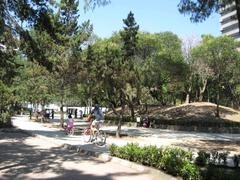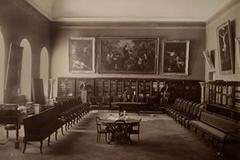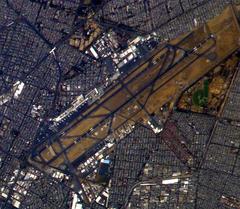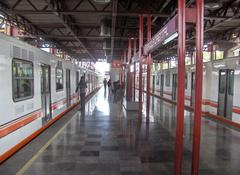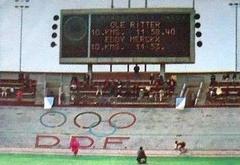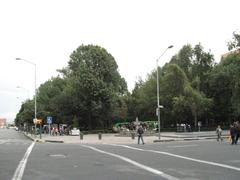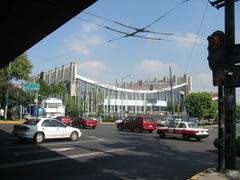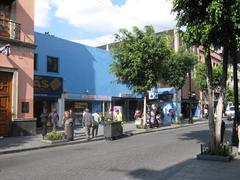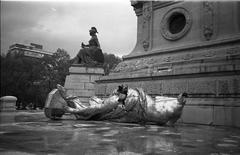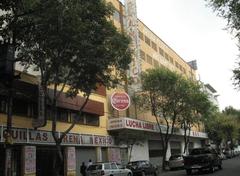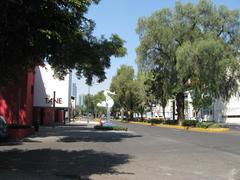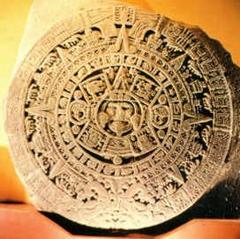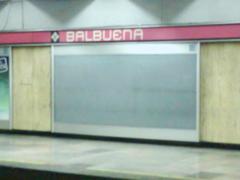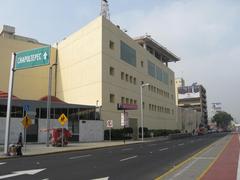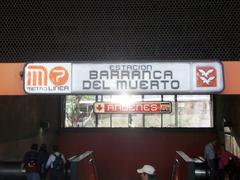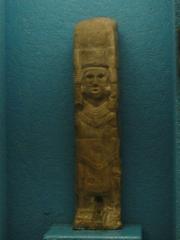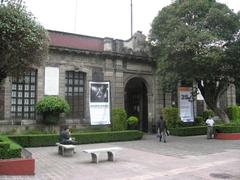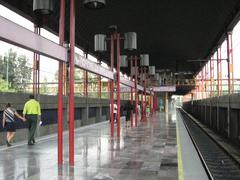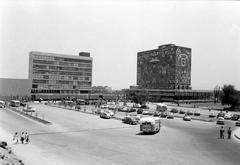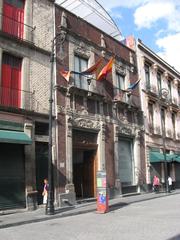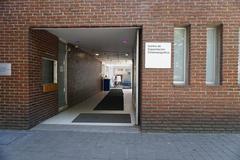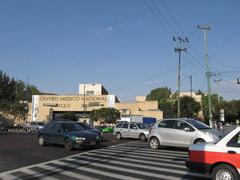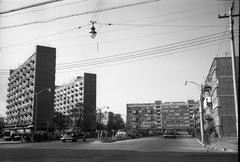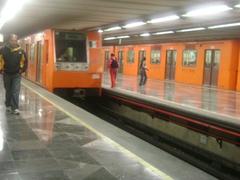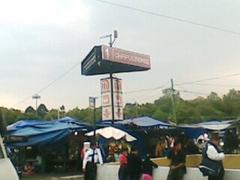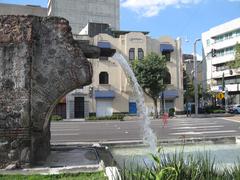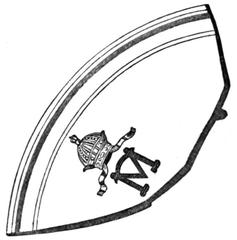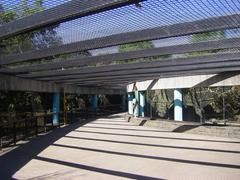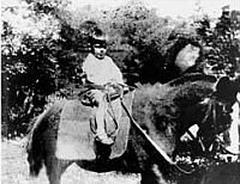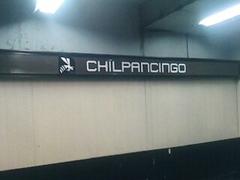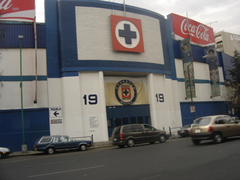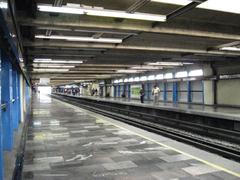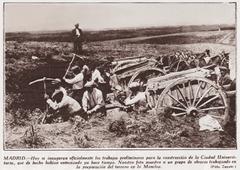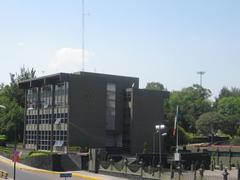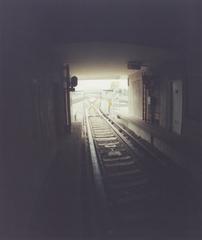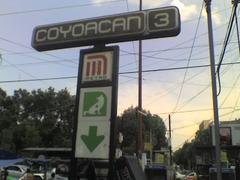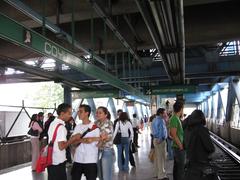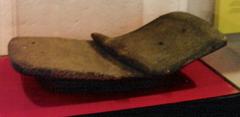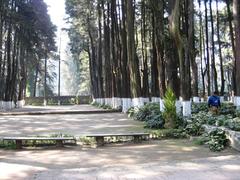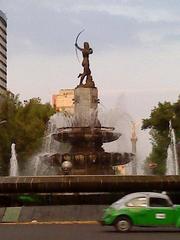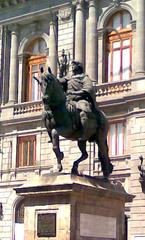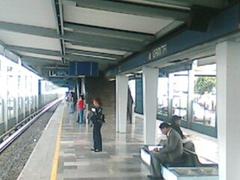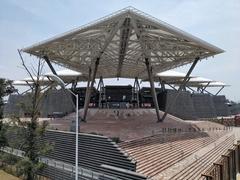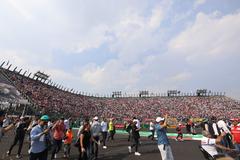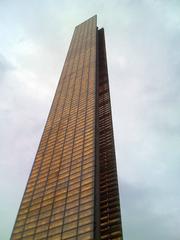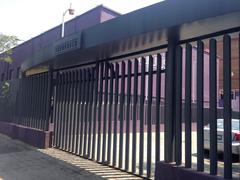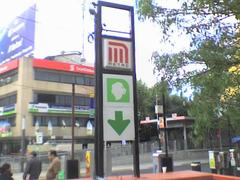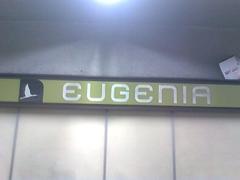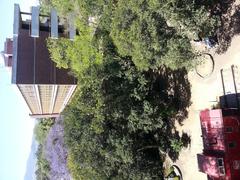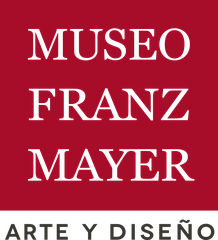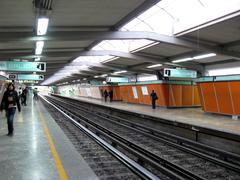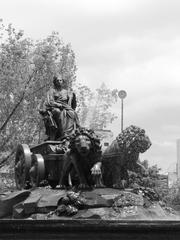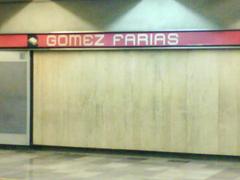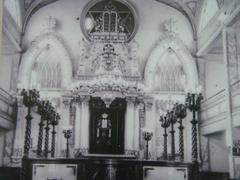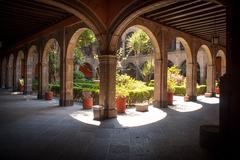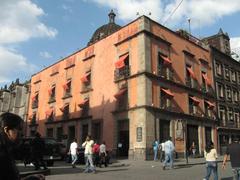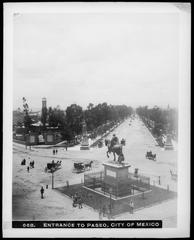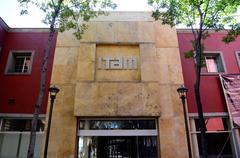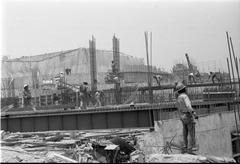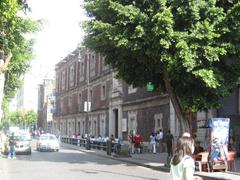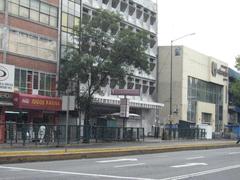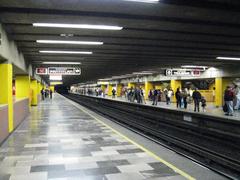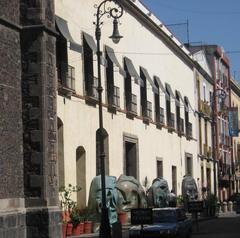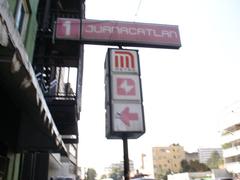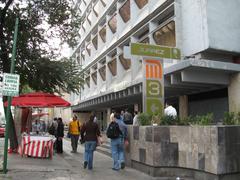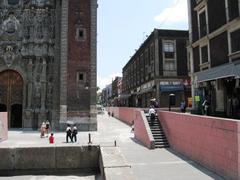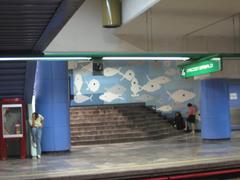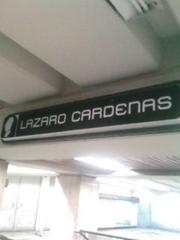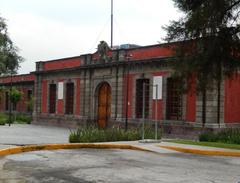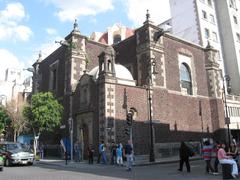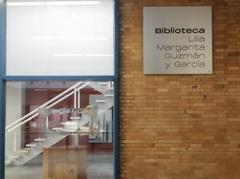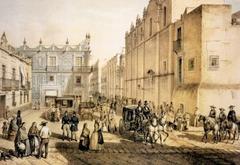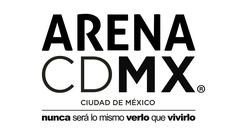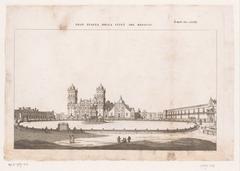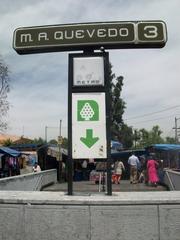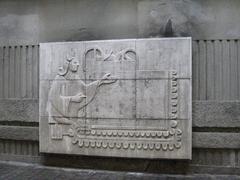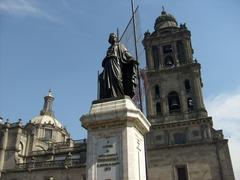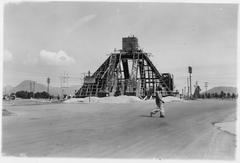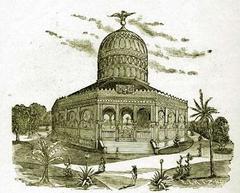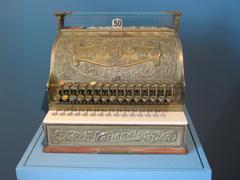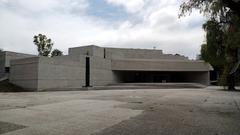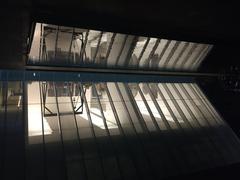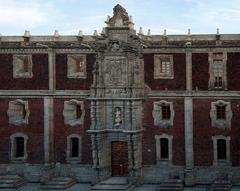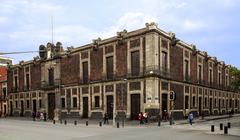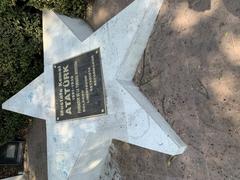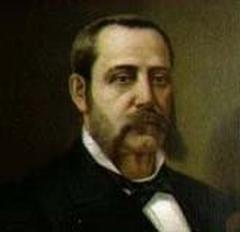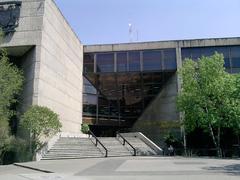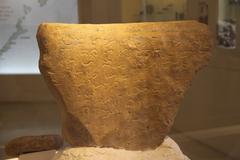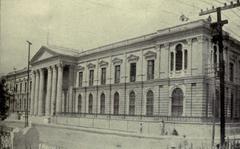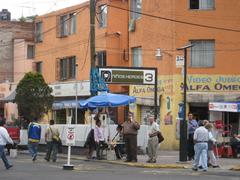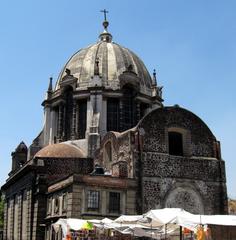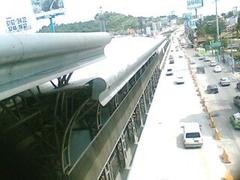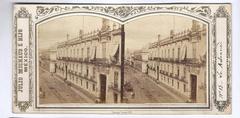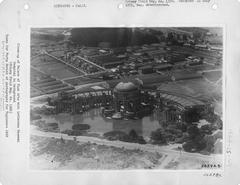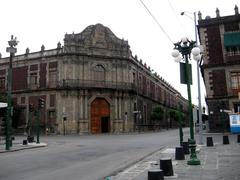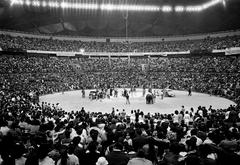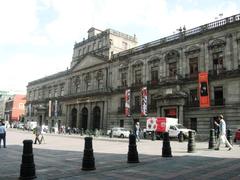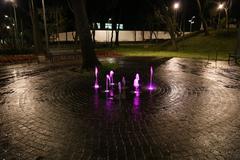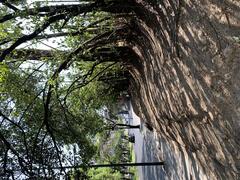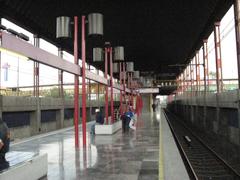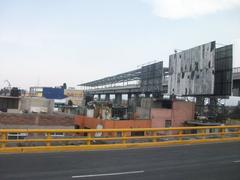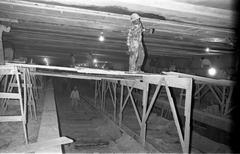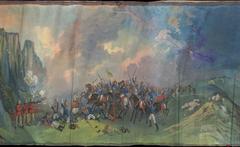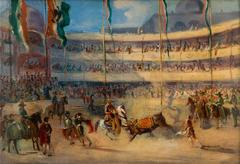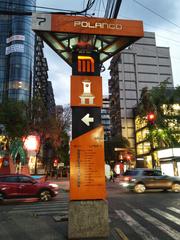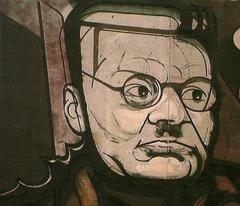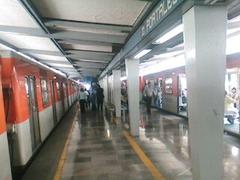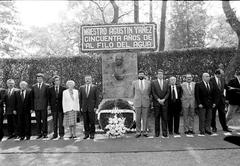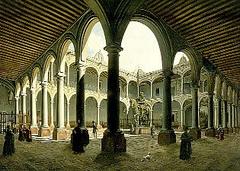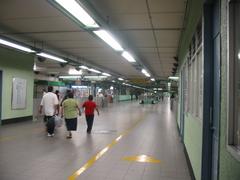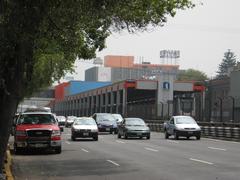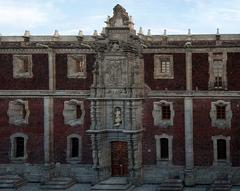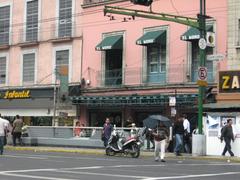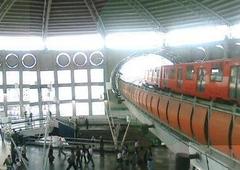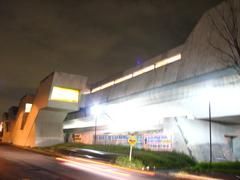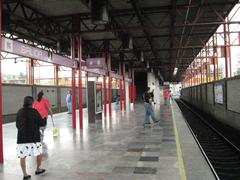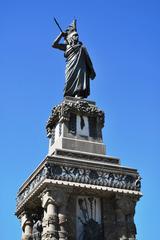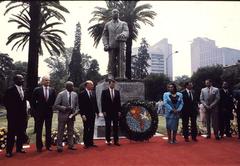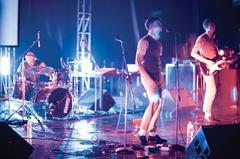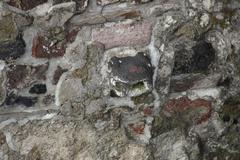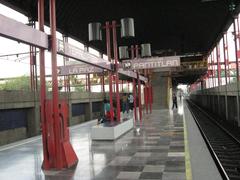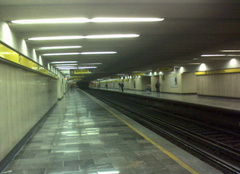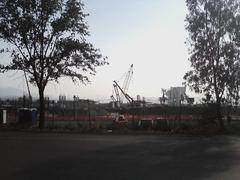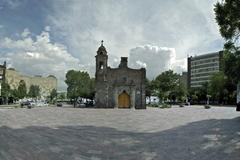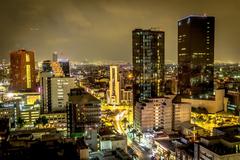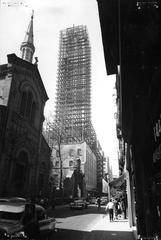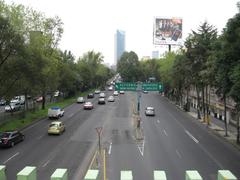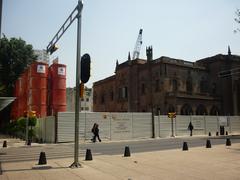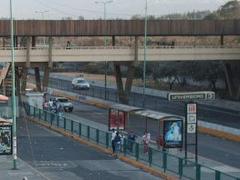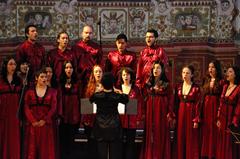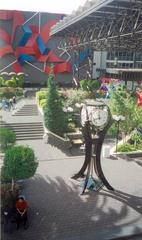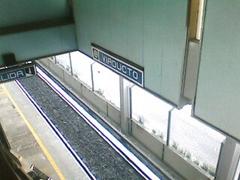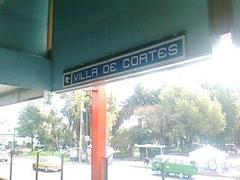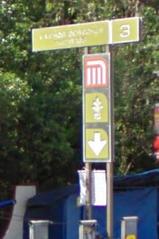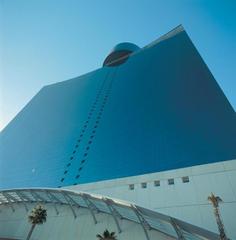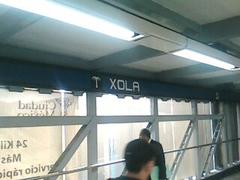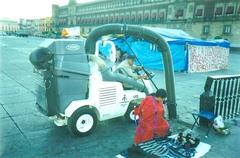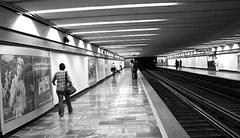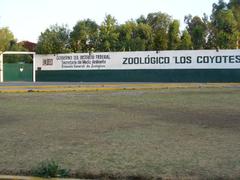Templo Mayor Visiting Hours, Tickets, and Historical Significance in Mexico City
Date: 17/07/2024
Introduction
Nestled in the heart of Mexico City, Templo Mayor stands as a monumental testament to the architectural prowess and religious significance of the Mexica civilization. This iconic site, once the main temple of the Mexica people, also known as the Aztecs, offers a rich tapestry of history, culture, and spirituality. Built around 1325 CE, the temple is intrinsically linked to the founding of Tenochtitlan, the capital of the Mexica Empire, and is a focal point for understanding pre-Columbian Mexico (INAH). The temple’s construction, which spanned several phases and culminated in a grand structure standing approximately 60 meters high, reflects the Mexica’s sophisticated architectural and astronomical knowledge (Smithsonian Magazine). Despite its destruction following the Spanish conquest in 1521, Templo Mayor’s rediscovery in 1978 has unveiled a treasure trove of artifacts and insights into the Mexica civilization, making it a UNESCO World Heritage Site and a major tourist attraction today (UNESCO). Whether you are a history enthusiast or planning your visit, this comprehensive guide will provide you with all the essential information about Templo Mayor, from its historical context and architectural significance to visitor tips and nearby attractions.
Table of Contents
- Introduction
- Pre-Columbian Origins
- Architectural Evolution
- Religious Significance
- Spanish Conquest and Destruction
- Rediscovery and Excavation
- Artifacts and Findings
- Modern-Day Significance
- Visitor Information
- Preservation Efforts
- Cultural Impact
- FAQ
- Conclusion
Pre-Columbian Origins
Templo Mayor, located in the heart of Mexico City, was the main temple of the Mexica people, also known as the Aztecs. The temple’s construction began around 1325 CE, coinciding with the founding of Tenochtitlan, the capital of the Mexica Empire. The site was chosen based on a prophecy that the Mexica would find an eagle perched on a cactus, devouring a snake, which they interpreted as a divine sign from their god Huitzilopochtli. This vision is now immortalized on the Mexican flag.
Architectural Evolution
The Templo Mayor underwent several phases of construction and expansion, reflecting the growing power and wealth of the Mexica Empire. The temple was rebuilt seven times, each new layer enveloping the previous one. The final structure, completed in the early 16th century, stood approximately 60 meters high. It featured a dual pyramid design, with two shrines at the summit dedicated to the gods Huitzilopochtli, the god of war and the sun, and Tlaloc, the god of rain and agriculture. This duality symbolized the Mexica’s religious and agricultural priorities (INAH).
Religious Significance
Templo Mayor was the epicenter of Mexica religious life. It was here that the most important ceremonies and rituals were conducted, including human sacrifices, which were believed to nourish the gods and ensure the continuation of the world. The temple’s location and design were deeply symbolic. The shrine of Huitzilopochtli faced south, representing the sun’s journey, while Tlaloc’s shrine faced north, symbolizing the agricultural cycle. The temple’s orientation and structure were aligned with celestial events, underscoring the Mexica’s sophisticated understanding of astronomy (Smithsonian Magazine).
Spanish Conquest and Destruction
The arrival of the Spanish conquistadors in 1519 marked the beginning of the end for Templo Mayor. Hernán Cortés and his forces were initially awed by the grandeur of Tenochtitlan and its central temple. However, following the fall of the Mexica Empire in 1521, the Spanish systematically destroyed Templo Mayor as part of their efforts to eradicate indigenous religious practices and assert their dominance. The temple’s stones were repurposed to build the Metropolitan Cathedral and other colonial structures, symbolizing the imposition of Spanish culture and Christianity over the indigenous heritage (National Geographic).
Rediscovery and Excavation
For centuries, the remains of Templo Mayor lay buried beneath the streets of Mexico City. It wasn’t until 1978 that the temple was rediscovered, following the accidental unearthing of a massive stone disk depicting the goddess Coyolxauhqui. This discovery prompted extensive archaeological excavations, revealing the temple’s foundations and numerous artifacts. The excavations have provided invaluable insights into Mexica civilization, including their religious practices, social organization, and daily life (UNESCO).
Artifacts and Findings
The excavations at Templo Mayor have uncovered a wealth of artifacts, including sculptures, ceramics, and offerings. One of the most significant finds is the Coyolxauhqui Stone, a large circular relief depicting the dismembered body of the moon goddess Coyolxauhqui, which was discovered at the base of Huitzilopochtli’s shrine. This stone is believed to represent the Mexica myth of Huitzilopochtli’s birth and his defeat of his sister Coyolxauhqui. Other notable discoveries include the Tlaltecuhtli Monolith, a massive stone carving of the earth goddess, and numerous sacrificial offerings, including human remains, animal bones, and precious objects (Archaeology Magazine).
Modern-Day Significance
Today, Templo Mayor is a UNESCO World Heritage Site and a major tourist attraction in Mexico City. The site includes a museum that houses many of the artifacts uncovered during the excavations, providing visitors with a comprehensive understanding of Mexica culture and history. The Templo Mayor Museum offers a detailed look at the temple’s construction, the gods worshipped there, and the rituals performed. The site itself, with its exposed layers of construction, offers a tangible connection to the past, allowing visitors to walk in the footsteps of the Mexica people (UNESCO).
Visitor Information
Visiting Hours
Templo Mayor is open Tuesday to Sunday from 9:00 AM to 5:00 PM. The site is closed on Mondays.
Tickets
General admission tickets cost approximately 80 MXN. Discounts are available for students, teachers, and senior citizens. Admission is free on Sundays for Mexican citizens and residents.
Travel Tips
Wear comfortable shoes as the site involves a fair amount of walking. Bring sun protection, water, and a camera to capture the stunning ruins.
Nearby Attractions
The Metropolitan Cathedral, Zócalo, and Palacio Nacional are within walking distance and offer additional historical and cultural insights.
Accessibility
The site has made efforts to accommodate visitors with disabilities, including ramps and accessible restrooms.
Preservation Efforts
Preserving Templo Mayor is an ongoing challenge, given its location in the densely populated and seismically active area of Mexico City. Conservation efforts focus on stabilizing the ruins, protecting them from environmental damage, and managing the impact of tourism. The Mexican government, in collaboration with international organizations, continues to invest in research and preservation to ensure that this invaluable cultural heritage site remains accessible for future generations (INAH).
Cultural Impact
Templo Mayor’s rediscovery and the subsequent archaeological findings have had a profound impact on Mexican national identity. The site serves as a powerful reminder of the rich and complex history of pre-Columbian Mexico. It has also sparked renewed interest in indigenous cultures and their contributions to Mexican heritage. The annual celebrations of Mexica festivals and the increasing inclusion of indigenous perspectives in historical narratives reflect a growing recognition and appreciation of this ancient civilization’s legacy (Smithsonian Magazine).
FAQ
- Q: What are the Templo Mayor visiting hours?
- A: Templo Mayor is open Tuesday to Sunday from 9:00 AM to 5:00 PM. It is closed on Mondays.
- Q: How much do Templo Mayor tickets cost?
- A: General admission tickets cost approximately 80 MXN, with discounts for students, teachers, and seniors. Free admission is available on Sundays for Mexican citizens and residents.
- Q: What should I bring when visiting Templo Mayor?
- A: Comfortable shoes, sun protection, water, and a camera are recommended.
- Q: Are there any other historical sites near Templo Mayor?
- A: Yes, the Metropolitan Cathedral, Zócalo, and Palacio Nacional are nearby and worth visiting.
- Q: Is Templo Mayor accessible for visitors with disabilities?
- A: Yes, the site has ramps and accessible restrooms to accommodate visitors with disabilities.
Conclusion
In summary, Templo Mayor stands as a testament to the Mexica Empire’s architectural, religious, and cultural achievements. Its history, from its construction and significance to its destruction and rediscovery, offers a compelling narrative of resilience and continuity. The ongoing efforts to preserve and study Templo Mayor ensure that this iconic symbol of Mexica heritage continues to educate and inspire. Be sure to visit and immerse yourself in the rich history that Templo Mayor has to offer.
Call to Action
Stay updated with more historical insights and travel tips by following our blog and social media channels. Download the Audiala app for an enriched visiting experience with guided tours and exclusive content.
References
- Exploring Templo Mayor - History, Visiting Hours, and Ticket Information, 2024, INAH
- Exploring Templo Mayor - History, Visiting Hours, and Ticket Information, 2024, Smithsonian Magazine
- Exploring Templo Mayor - History, Visiting Hours, and Ticket Information, 2024, National Geographic
- Exploring Templo Mayor - History, Visiting Hours, and Ticket Information, 2024, UNESCO
- Exploring Templo Mayor - History, Visiting Hours, and Ticket Information, 2024, Archaeology Magazine
- Visiting Templo Mayor - Historical Significance, Tickets, and Visitor Tips, 2024, Museo del Templo Mayor
- Ultimate Guide to Visiting Templo Mayor - Hours, Tickets, and Tips, 2024, Palacio de Bellas Artes
- Ultimate Guide to Visiting Templo Mayor - Hours, Tickets, and Tips, 2024, Alameda Central
- Ultimate Guide to Visiting Templo Mayor - Hours, Tickets, and Tips, 2024, El Cardenal
- Ultimate Guide to Visiting Templo Mayor - Hours, Tickets, and Tips, 2024, U.S. Embassy
- Ultimate Guide to Visiting Templo Mayor - Hours, Tickets, and Tips, 2024, Canadian Embassy
